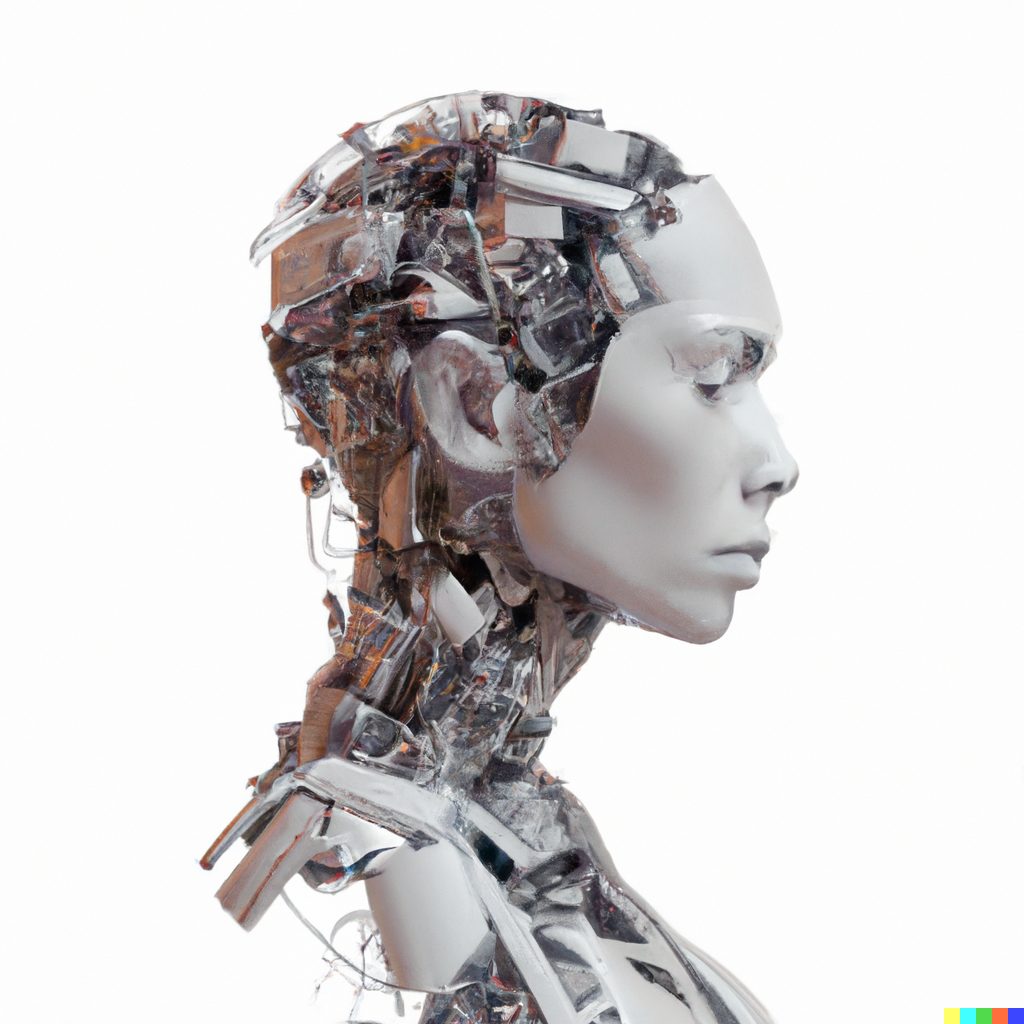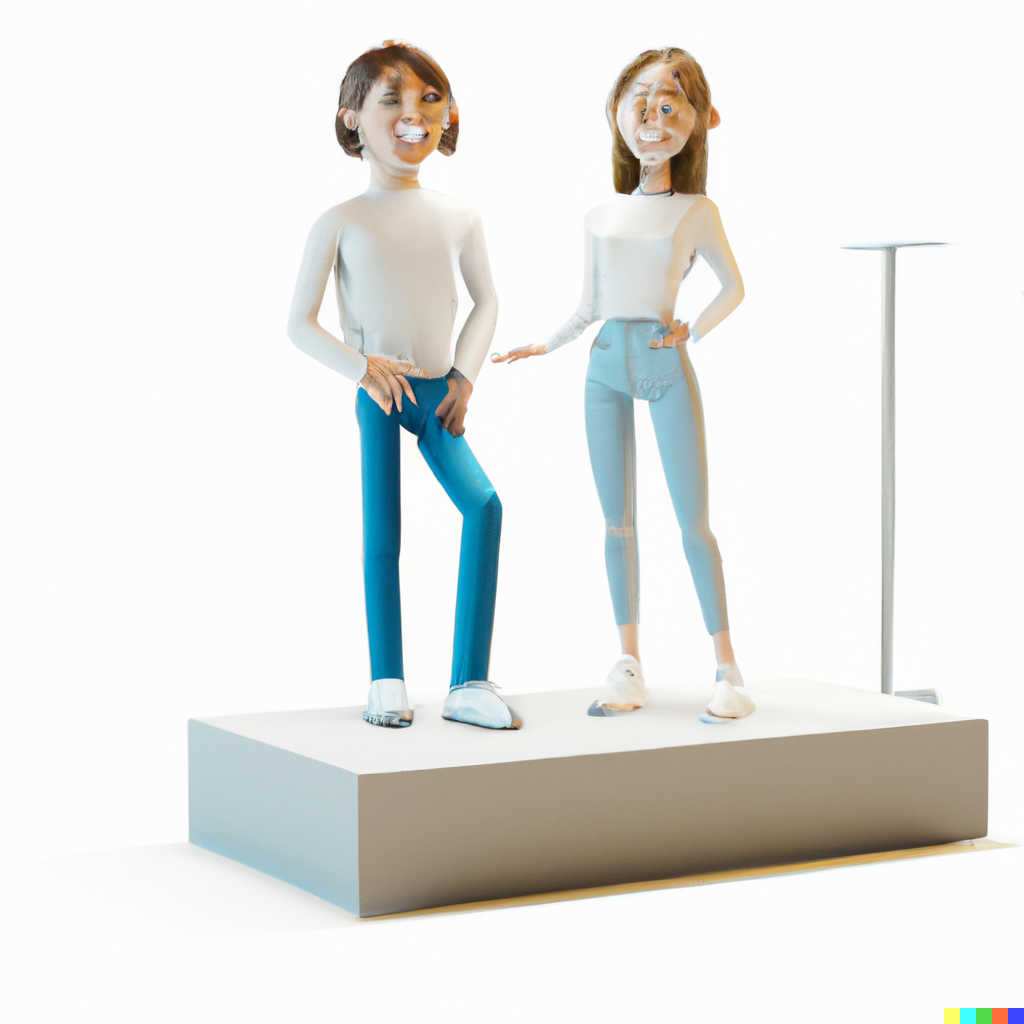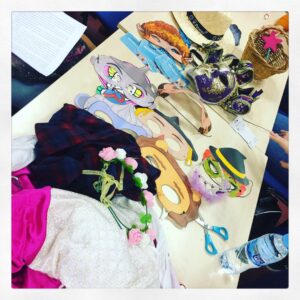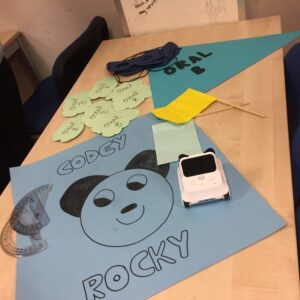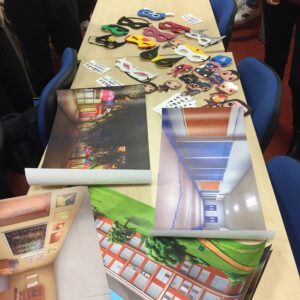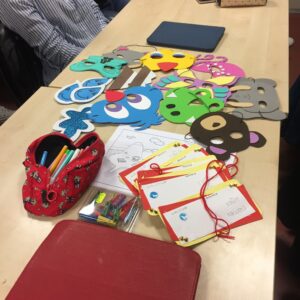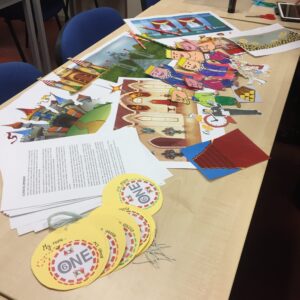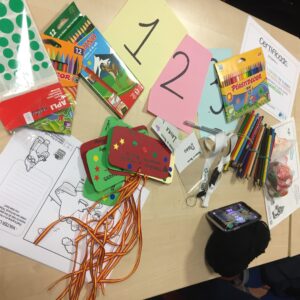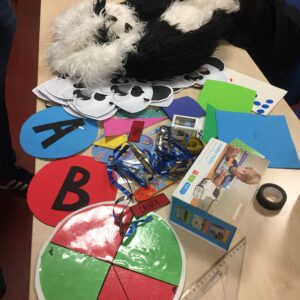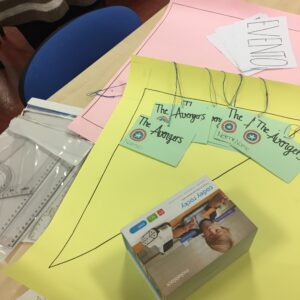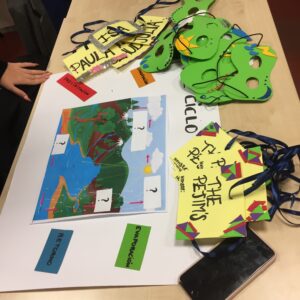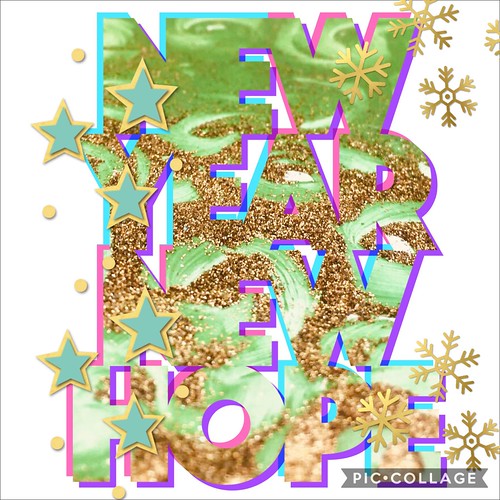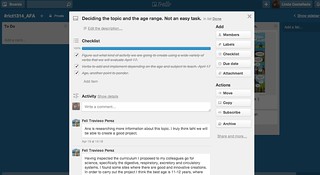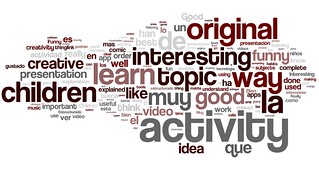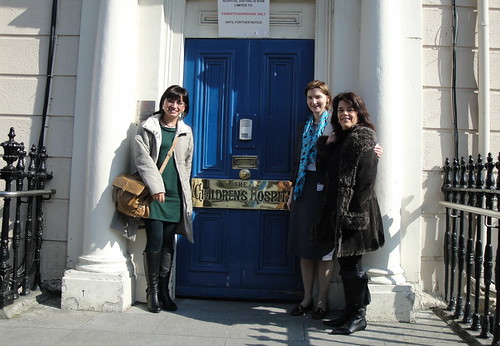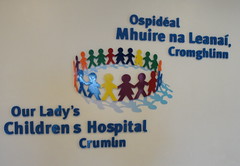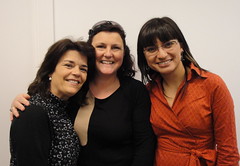Sorry, this entry is only available in Español.
Hace un poco más de un año se generó en mi facultad una discusión sobre si deberíamos quitar a wifi de la universidad o no (como no hay asuntos educativos importantes para discutir, discutimos de eso #modeironiaoff).
Para abrir tal discusión un profesor de la facultad de educación (sí, pedagogo a secas como yo), presentó un “informe” en el que esgrimía todos los argumentos y “datos” que supuestamente no dejaban lugar a dudas sobre por qué teníamos que convertirnos en una zona sin wifi ni radiaciones (él la llamó “blanca”, yo la llamaría “oscura”, incluso “oscurantista”); y para unirme a la discusión y expresar mi opinión en defensa de algo que considero un derecho yo hice un escrito en el que intentaba hacer un mero ejercicio de falsación del “informe” original, de manera que pudiéramos discutir con algunos argumentos a favor y en contra por en medio y no sobre verdades “inmutables”.
El resultado de tal discusión ha sido decepcionante para mi en todas las formas posibles, no solo porque la osadía de disentir de su criterio de forma explícita me ha granjeado un enemigo público y notorio, que incordia a mis estudiantes y a sus actividades y me ha llegado a faltar al respeto públicamente, sino porque he perdido mi tiempo y mis ganas de discutir en ese contexto, pues yo esperaba una discusión en el terreno de los argumentos y aquello era una discusión de creencias (cosa que yo dejaba como terreno sobretodo de las religiones…) que derivó en algo no solo poco interesante, sino deliberadamente desagradable.
Había intentado olvidar aquel capítulo decepcionante de mi participación en mi facultad y sus discusiones, PERO en las listas de distribución de mi uni se ha vuelto a “abrir el melón”, así que he decidido compartir esta historia con aquellos que puedan estar interesados y sacar del cajón aquella falsación por si a alguien le interesa… Pido mil perdones a los científicos de áreas afines al objeto de la discusión por mi atrevimiento.
A partir de aquí el documento presentado a la CEM en Abril de 2014
Nota al lector
Las siguientes líneas son sólo el trabajo de lectura crítica de una pedagoga sobre un asunto de interés colectivo en el que se contraponen intereses y visiones.
Entiendo que todos estamos preocupados no solo por las radiaciones, sino por todos los agentes que pueden ser perjudiciales para la nuestra salud y la de todos los miembros de la comunidad. Yo misma estoy preocupada por todos ellos.
Sin embargo, entiendo que por la importancia de las decisiones que se pretenden tomar a la luz de los datos y de las repercusiones que esas decisiones pueden tener en la vida diaria de nuestros compañeros estudiantes e investigadores, no podemos asumir con ligereza ninguna de las conclusiones que nos llegan desde ningún organismo, plataforma, institución o colectivo. Menos aún cuando los informes provienen de otros que, como nosotros, no tenemos una especialidad que nos permita un juicio crítico certero, más allá de nuestra opinión.
Este es un pequeño documento de análisis, no es un informe exhaustivo, ni pretende serlo, aunque todos los argumentos que se esgrimen y todos los informes de los que se da cuenta (y otros más) han sido examinados personalmente por quien lo firma. La cantidad de datos a favor y en contra es abrumadora y espectacular.
Creo sinceramente que analizar toda la información disponible desborda lo que debe ser un trabajo de tiempo libre (no creo que debamos gastar el dinero de nuestra facultad -ni el tiempo de sus profesores, que es también dinero público- en hacer informes que ya hacen instituciones más y mejor cualificadas para ello) y para un trabajo más pormenorizado y exhaustivo ya hay entidades especializadas –y oficiales- a todos los niveles que lo hacen. Entrar en si esas entidades tienen “intereses espurios” no es un argumento que pueda ser probado en igualdad de condiciones y es, cuanto menos, arriesgado.
Simplemente he querido hacer una revisión crítica de los datos que nos han ido llegando a la luz de los datos oficiales más sobresalientes.
Se trata de entender que debemos ser precavidos, pero rigurosos y salvaguardar nuestro bienestar y el de nuestros estudiantes sin caer en el alarmismo.
Valga apuntar que soy investigadora en tecnología educativa desde la perspectiva de la didáctica (por lo que mi interés en los “cacharros” es limitado), soy profesora de esta facultad, madre, esposa, amiga, mujer y que no tengo interés económico alguno en ninguna empresa de tecnología vía wireless o móvil, ni por producción, diseño o distribución.
Además quisiera resaltar que algunos de los modelos pedagógicos emergentes a nivel internacional en todos los niveles educativos y especialmente en educación superior (Sharples et al., 2013 y Johnson et al. 2014) aluden precisamente a la oportunidad que supone el uso de dispositivos móviles dentro y fuera de las aulas, que permitan la permeabilidad de las acciones de aprendizaje más allá de los límites de las propias paredes de la misma y acercando con los dispositivos móviles las acciones cotidianas a nuestras dinámicas de clase, con la incidencia de las mismas en unas prácticas más auténticas, en el sentido más constructivista de la palabra.
Todo ello sin mencionar los avances en los niveles de alfabetización que han supuesto iniciativas educativas en toda África y que tienen como centro el uso del teléfono móvil y de tecnologías Wifi. En consecuencia, entiendo que imposibilitar el uso de dispositivos móviles en todas las dependencias universitarias y precisamente en la Facultad de Educación, nos aleja de las tendencias internacionales y que es preciso que el análisis de una decisión TAN trascendente sea profundo y concienzudo.
Espero que alguno de los datos sirvan sólo para ampliar la perspectiva.
Una lectura crítica de los informes
Si bien es muy extensa y variada la literatura de países y organismos referentes a nivel internacional que ponen de manifiesto que las Radiaciones electromagnéticas que sustentan servicios como la telefonía móvil y los accesos Wifi NO se consideran peligrosos, al menos en sus usos actuales. Entendemos que es preciso que nos centremos en aquellos informes y presentaciones que nos han llegado y en los que se han esgrimido básicamente dos fuentes como pruebas fundamentales de la peligrosidad de las radiaciones: la Organización Mundial de la Salud, en concreto la IARC, y el meta- estudio de la plataforma Bioinitiative.
Veamos ambos acudiendo a las fuentes primarias:
¿Qué dice EXACTAMENTE la OMS sobre si son peligrosas las radiofrecuencias de los móviles, wifi y estaciones de emisión?
En su informe público de septiembre de 2013 (público en su página Web, OMS, 2013), la OMS dice que debido a que la exposición a la radiofrecuencia (RF) que emiten los teléfonos móviles es, por lo general, más de 1.000 veces más alta que a las estaciones base, y hay una mayor probabilidad de que un efecto adverso se deba a los teléfonos y no a las estaciones mismas. No obstante, con base en la investigación existente, se ha llegado a la conclusión de:
“Sobre la base de las pruebas epidemiológicas mixta en los seres humanos con respecto a la asociación entre la exposición a la radiación de radiofrecuencia de teléfonos móviles y el cáncer de cabeza (glioma y neuroma acústico), los campos de RF han sido clasificados por la Agencia Internacional para la Investigación sobre el Cáncer como posible carcinógeno para los humanos (Grupo 2B )”. Asunto en el que profundizaremos más adelante (el informe de la IARC del que se nos ha hablado en otros informes).
“Los estudios realizados hasta la fecha no indican que la exposición ambiental a los campos de RF, como las estaciones base, aumente el riesgo de cáncer o de cualquier otra enfermedad.”
Además se dice que “Los científicos han reportado otros efectos en la salud del uso de teléfonos móviles que incluyen cambios en la actividad cerebral, tiempos de reacción y los patrones de sueño. Estos efectos son menores y no tienen importancia para la salud aparente”.
¿Qué dice exactamente la Agencia Internacional de Investigación contra el Cáncer de la OMS? (IARC- WHO):
En su informe de 2002 (IARC, 2002) sobre la posible relación entre las radiaciones electromagnéticas y el cáncer, la IARC decía que:
“There is limited evidence in humans for the carcinogenicity of extremely low-frequency magnetic fields in relation to childhood leukaemia.
There is inadequate evidence in humans for the carcinogenicity of extremely low-frequency magnetic fields in relation to all other cancers.
There is inadequate evidence in humans for the carcinogenicity of static electric or magnetic fields and extremely low-frequency electric fields.
There is inadequate evidence in experimental animals for the carcinogenicity of extremely low-frequency magnetic fields.
No data relevant to the carcinogenicity of static electric or magnetic fields and extremely low-frequency electric fields in experimental animals were available.” (página 7)
Y toma una decision:
“Overall evaluation: Extremely low-frequency magnetic fields are possibly carcinogenic to humans (Group 2B). Static electric and magnetic fields and extremely low-frequency electric fields are not classifiable as to their carcinogenicity to humans (Group 3).” (página 8)
¿Y eso qué significa?
Que NO HAY PRUEBAS SUFICIENTES de la carcinogenicidad del agente, NI en humanos, NI en animales de experimentación. Que se incluye a los campos de radiación magnética de baja frecuencia entre los agentes que potencialmente pueden ser cancerígenos para humanos. En la misma lista que incluye 285 agentes (IARC, 2014) está la gasolina, el diesel que se usa en los barcos, el café (aunque se especifica que solo en el caso del cáncer de vejiga, porque en otros hay pruebas de que puede ser incluso beneficioso), las fibras cerámicas refractarias, algunos tipos de implantes quirúrgicos metálicos que se siguen usando en la medicina occidental.
Pero eso fue en 2002, ¿no hay nada más reciente?. En 2013 se vuelve a hacer un informe específico por parte de la IARC que dice que:
“There is limited evidence in humans for the carcinogenicity of radiofrequency radiation. Positive associations have been observed between exposure to radiofrequency radiation from wireless phones and glioma, and acoustic neuroma”, pero indica que “A small, recently published Japanese case–control study, which also observed an association of acoustic neuroma with mobilephone use, contributed to the evaluation of limited evidence for acoustic neuroma” y lo que es más preocupante, indica que “There was, however, a minority opinion that current evidence in humans was inadequate, therefore permitting no conclusion about a causal association” (IARC, 2013 pp 419).
Y se sigue incluyendo a los campos electromagnéticos en el grupo 2B (IARC, 2013 pp 419).
El estudio Bioinitiative: Salvedades y reservas ante los datos
Entiendo que no podemos adherirnos sin más a los informes esgrimidos desde las plataformas anti-radiofrecuencias porque algunos de los argumentos y los informes que se presentan en ellas han sido ya refutados o puestos en duda desde diferentes agencias estatales y de salud pública nacionales e internacionales.
Sin ir más lejos, existe variada literatura científica (aparte de gran cantidad de documentos firmados unilateralmente por científicos de todo el mundo, algunos que directamente acusan a Bioinitiative de fraude en el uso de los datos) e informes de agencias nacionales e internacionales que critican fuertemente la independencia, cientificidad y veracidad de los resultados del informe Bioinitiative. Nos gustaría destacar sólo a modo de ejemplo:
- El consejo de salud Holandés que concluye que “ The Committee concludes that this report is not an objective and balanced reflection of the current state of scientific knowledge and does not provide any grounds for revising the current views as to the risks of exposure to electromagnetic fields.” (Health Council of the Netherlands, 2008)
- El centro Australiano para el estudio de los efectos biológicos de las radiofrecuencias (Australian Centre for Radiofrequency Bioeffects Research – ACRBR) indica que “As it stands it merely provides a set of views that are not consistent with the consensus of science, and it does not provide an analysis that is rigorous-enough to raise doubts about the scientific consensus.
It is worth noting that the state of science in this area is continually being debated and updated by a number of expert bodies comprised of the leading experts in this field. For example, the World Health Organisation (WHO) Electromagnetic Fields (EMF) project, the International Commission on Non-Ionizing Radiation Protection (ICNIRP), the UK Mobile Telecommunications and Health Research (MTHR) programme, and here in Australia the Australian Radiation Protection and Nuclear Science Agency (ARPANSA) have all provided authoritative analyses of the electromagnetic radiation bioeffects research. The WHO Environment Health Criteria 238 also provides a thorough analysis of the literature to date in relation to extremely low frequency (ELF, or powerline electromagnetic fields)” (Croft et al., 2008 pp. 3)
- La iniciativa EFM-NET financiada por la Comisión Europea, que en su informe indica que en la iniciativa Bioinitiative se excluyen sistemáticamente aquellos estudios que no se alinean con las ideas de la plataforma que soporta la iniciativa y que ignora sistemáticamente los informes nacionales e internacionales al respecto (EFRT, 2007).
- El COMAR (Committee on Man and Radiation) del IEEE (Institute of Electrical and Electronics Engineers, que indica que “que el peso de la evidencia científica en la literatura sobre los efectos biológicos de las Radiofrecuencias no admite los límites de seguridad recomendados por el grupo BioInitiative. Por esta razón, la COMAR recomienda que los funcionarios de salud pública continúen basando sus políticas en los límites de seguridad de radiofrecuencia recomendados por las organizaciones internacionales establecidas y sancionadas, como el Instituto de Ingenieros Eléctricos y Electrónicos Ingenieros, el Comité Internacional sobre Seguridad Electromagnética y la Comisión Internacional sobre No-Ionizantes Protección Radiológica, que están formalmente relacionados con la Organización Mundial de la Salud” (COMAR, 2009 pp 26).
- La agencia federal alemana de protección antirradiación (BfS por sus iniciales en alemán, Bundesamt für Strahlenschutz ) indicó que el informe Bioinitiative tenía deficiencias científicas claras. En particular, llama la atención sobre la imposibilidad técnica de combinar los efectos en la salud de los campos de baja y alta frecuencia. Además, dice que la abrumadora mayoría de los estudios que sustentan el informe no son nuevos y ya se han tenido en cuenta en las normas de radiación que se aplican en la actualidad (BfS, 2008)
- La agencia francesa para la seguridad medioambiental y en el trabajo.
- El consejo médico Indio.
- Y más que entiendo que no es preciso incluirlas en este mini-informe.
¿Hay más estudios?
Muchos más y con resultados variados y de complicado entendimiento (especialmente para alguien que se dedica, como yo, a la investigación social). Pero hay una base de datos sobre estudios de todo tipo que hay al respecto y con un buscador que es muy sencillo de usar, por si tenéis curiosidad
http://apps.who.int/peh-emf/research/database/emfstudies/
No obstante, con base en todo eso, la OMS, ya se ha pronunciado.
¿Y las mediciones?
Los datos que muestran algunas de las medidas son científicamente poco relevantes, fuera del marco de ninguna investigación concluyente sobre los efectos de esas cifras. ¿Debemos hacer algo? Seguramente, pero –al menos en esta facultad- no tenemos criterio científico alguno para tomar decisiones con esas mediciones sin más.
Referencias:
BfS (2008). Ergebnisse des deutschen Mobilfunk Forschungsprogramm (DMF). http://www.emf-forschungsprogramm.de/abschlussphase/DMF_AB.pdf
COMAR (2009). COMAR technical information statement: expert reviews on potential health effects of radiofrequency electromagnetic fields and comments on the bioinitiative report. Health Phys. 97(4):348-56. doi: 10.1097/HP.0b013e3181adcb94 .
Croft, R.; Abramson, M.; Cosic, I.; Finnie, J.; McKenzie, R. & Wood, A (2008). ACRBR Position Statement on BioInitiative Report. Australian Centre for Radiofrequency Bioeffects Research (ACRBR). Disponible online en http://www.acrbr.org.au/FAQ/ACRBR%20Bioinitiative%20Report%2018%20Dec%202008.pdf
EFRT (2007). Comments on the BioInitiative Working Group Report (BioInitiative Report). Disponible online en EMF-NET Comments on the BioInitiative Report 30OCT2007.pdf (38 KB)
Health Council of the Netherlands (2008). BioInitiative report. The Hague: Health Council of the Netherlands, 2008; publication no. 2008/17E. Disponible Online en http://www.gezondheidsraad.nl/sites/default/files/200817E_0.pdf
IARC (2002). Volume 80: Non-Ionizing Radiation, Part 1: Static and Extremely Low-Frequency (ELF) Electric and Magnetic Fields: Summary of Data Reported and Evaluation. IARC Monographs on the Evaluation of Carcinogenic Risks to Humans. WORLD HEALTH ORGANIZATION. INTERNATIONAL AGENCY FOR RESEARCH ON CANCER. Disponible Online en http://monographs.iarc.fr/ENG/Monographs/vol80/volume80.pdf
IARC (2013). Non-Ionizing Radiation, Part 2: Radiofrequency Electromagnetic Fields. MONOGRAPHS ON THE EVALUATION OF CARCINOGENIC RISKS TO HUMANS, Vol.102. Disponible Online en http://monographs.iarc.fr/ENG/Monographs/vol102/mono102.pdf
IARC (2014). Agents Classified by the IARC Monographs, Volumes 1–109 . WORLD HEALTH ORGANIZATION. INTERNATIONAL AGENCY FOR RESEARCH ON CANCER. Disponible Online en http://monographs.iarc.fr/ENG/Classification/ClassificationsGroupOrder.pdf
ICNIRP (2009). Comisión Internacional de Protección contra las Radiaciones No Ionizantes . directrices disponibles Online en http://www.icnirp.org/documents/StatementEMF.pdf
IEEE (2005). IEEE Std C95.1 – 2005. IEEE standard for safety levels with respect to human exposure to radio frequency electromagnetic fields, 3 kHz to 300 GHz.
Johnson, L., Adams Becker, S., Estrada, V., Freeman, A. (2014). NMC Horizon Report: 2014 Higher Education Edition. Austin, Texas: The New Media Consortium
OMS (2013). What are the health risks associated with mobile phones and their base stations?. WHO Online Questions & Answers. Página Web de la OMS. Disponible online en http://www.who.int/features/qa/30/en/
Sharples, M., McAndrew, P., Weller, M., Ferguson, R., FitzGerald, E., Hirst, T., & Gaved, M. (2013). “Innovating Pedagogy 2013: Open University Innovation Report 2”. The Open University. Milton Keynes: The Open University.

 university professorship in Educational Technology. Perhaps because of this, I do not intend to make a definitive theoretical or epistemic stance. This work is not meant to be ‘my legacy’ or a declaration of what I intend my research to be from now on, precisely because the mission of an academic, at least from my point of view, should be reviewed, rethought, and redirected continuously.
university professorship in Educational Technology. Perhaps because of this, I do not intend to make a definitive theoretical or epistemic stance. This work is not meant to be ‘my legacy’ or a declaration of what I intend my research to be from now on, precisely because the mission of an academic, at least from my point of view, should be reviewed, rethought, and redirected continuously.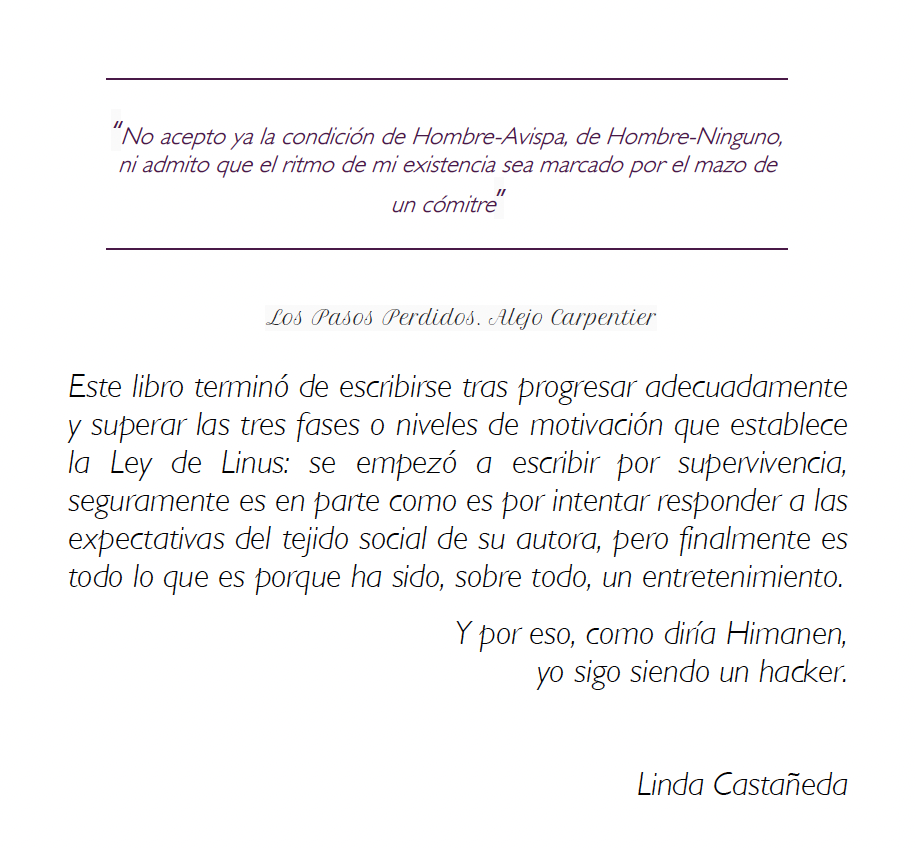
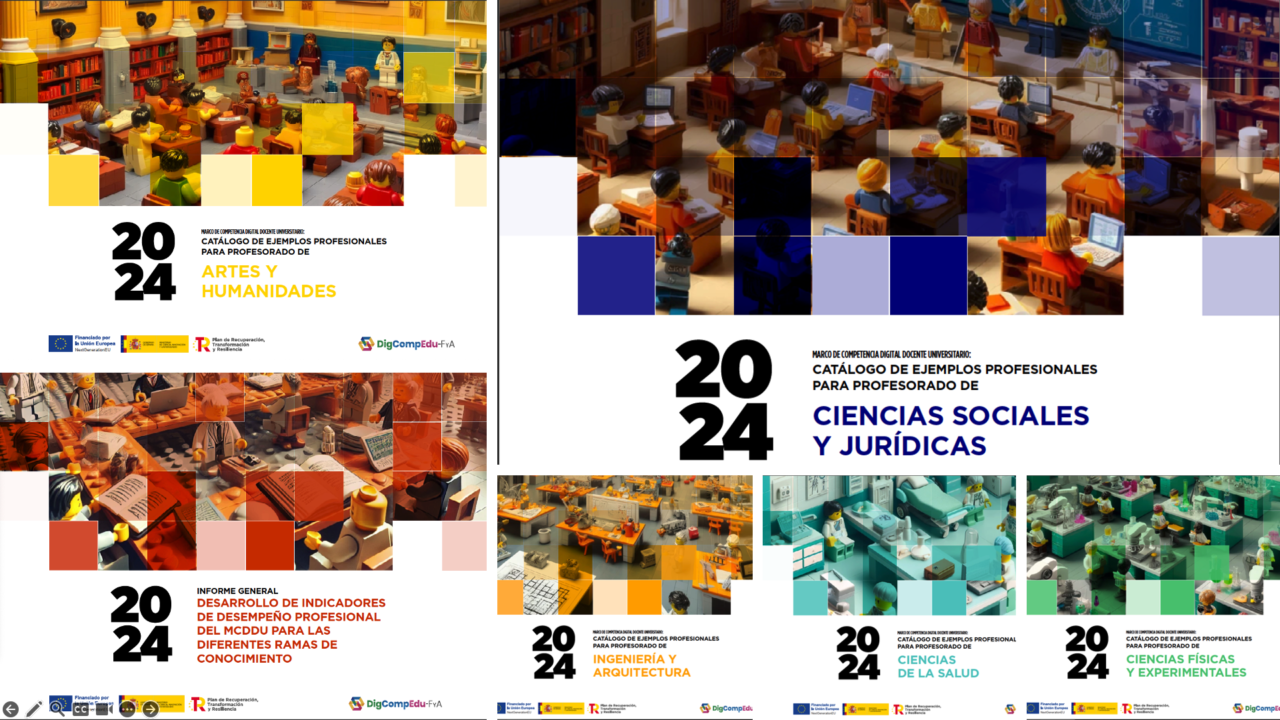




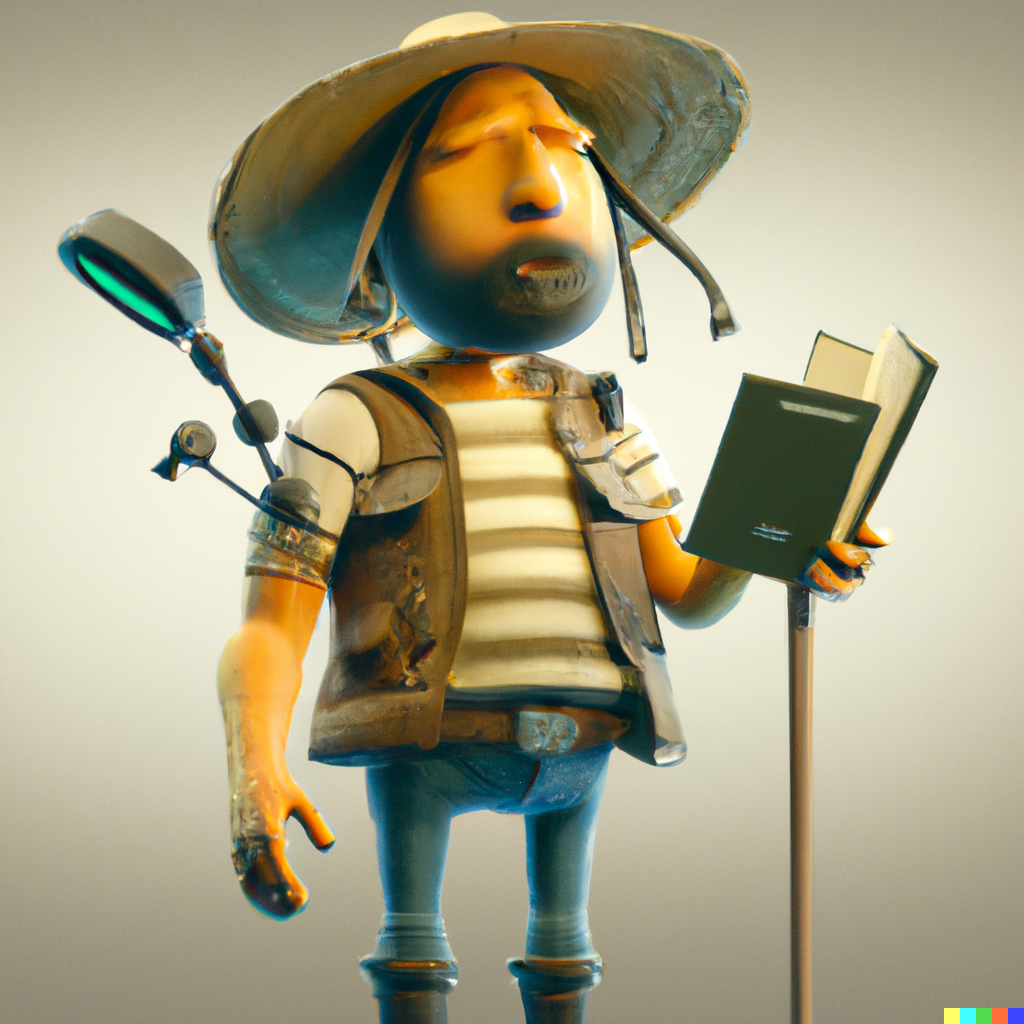
 Inspirado en roles como el theoritician de otras propuestas como la de De Wever et al. (2010), este rol puede clasificarse por su función, entre los que ayudan a los alumnos a formular lo que saben los estudiantes y a integrarlo, así como a los que pretenden incentivar el pensamiento de los alumnos y mejorar su razonamiento (Johnson et al., 1999).
Inspirado en roles como el theoritician de otras propuestas como la de De Wever et al. (2010), este rol puede clasificarse por su función, entre los que ayudan a los alumnos a formular lo que saben los estudiantes y a integrarlo, así como a los que pretenden incentivar el pensamiento de los alumnos y mejorar su razonamiento (Johnson et al., 1999).